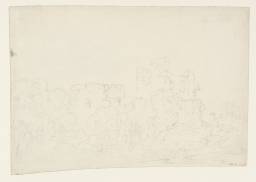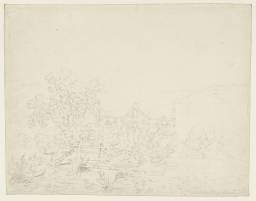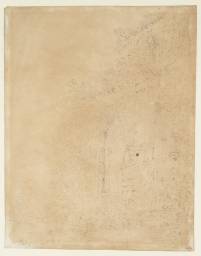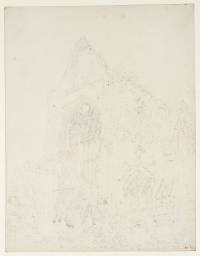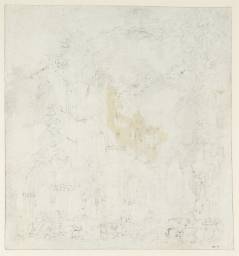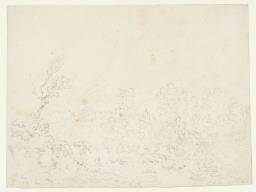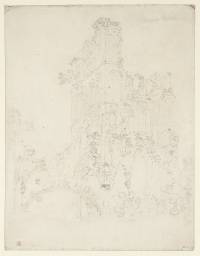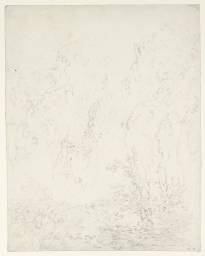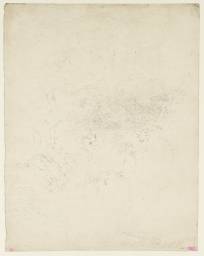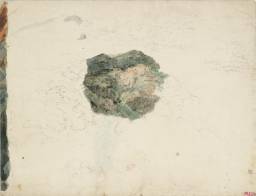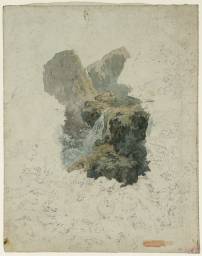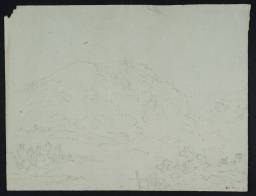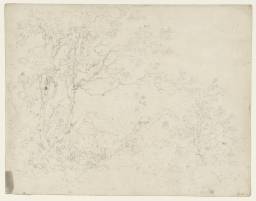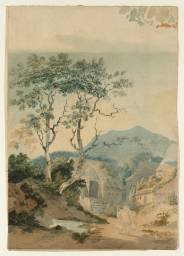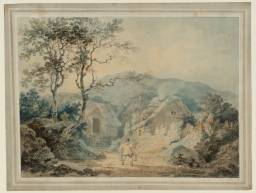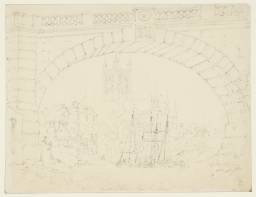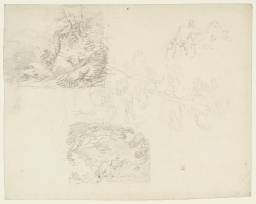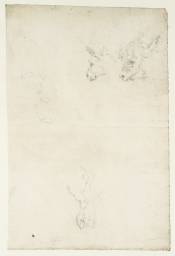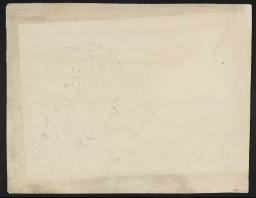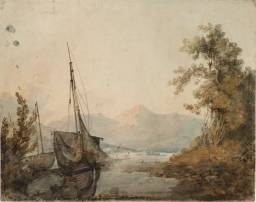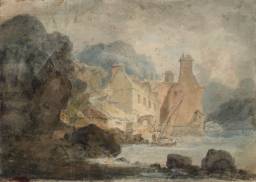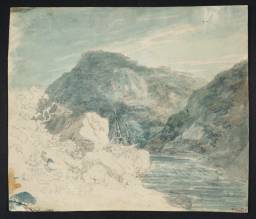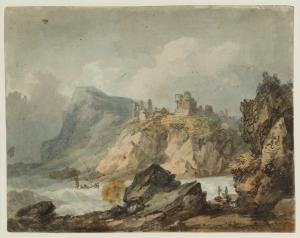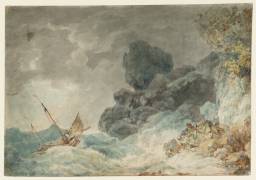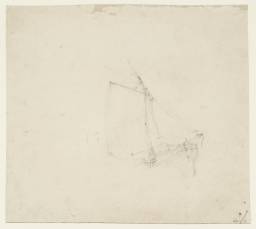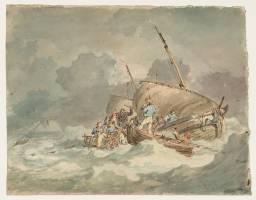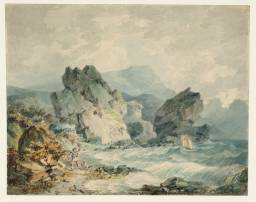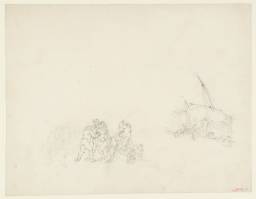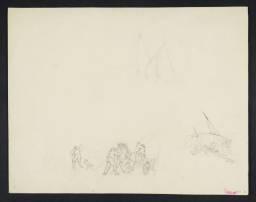Turner Bequest XII A–P, XIII G, XVII F, XXII N, O, XXIII N–S, T 1, T 2, V–Z, XXIX E, G, H, CXIX C
References
The tour to Wales of June–July 1792 can perhaps be counted as Turner’s first truly independent tour. (For the 1793 tour see the introduction to the grouping of watercolours and studies relating to the Welsh tours of both years.) His time in Bristol and Malmesbury in 1791 had been, like earlier travels, a concomitant of visiting family or friends. In 1792 he was not, as far as is known, motivated by such considerations, but solely by the professional need to collect landscape subjects. The extent of the Welsh tour has never been satisfactorily determined. A watercolour view in Radnorshire (Ashmolean Museum, Oxford)1 bears an old label inscribed: ‘Drawing by Turner at his 1st visit to Hereford on his way to Rayder & ... 24 June 1792’. Another inscription, perhaps Turner’s own, titles the view ‘near Rhaidder’. It was later published as an aquatint with the title ‘View near Plynlimmon’.2 See the related drawing Tate D00142 (Turner Bequest XII M).
Tate D00388 (Turner Bequest XXIII N) has been thought to show a view of Snowdon from Porthmadog, but it is highly unlikely that he travelled as far to the north as this. More plausible is the identification of the mountain as Cader Idris; if correct, the view is probably from the south rather than, as has been suggested, from Barmouth to the north-west. At least one study in the present group, Tate D00139 (Turner Bequest XII J), seems to prove that Turner reached Rhaiadr and the Elan Valley to the west of that town. His exhibited watercolour of the Second Fall of the River Monach [i.e. Mynach], Devil’s Bridge, Cardiganshire (currently untraced)3 testifies to the fact that he ventured farther into the heart of central Wales. Devil’s Bridge was already well known for its Sublime scenery and would have been a natural goal. Apart from one or two relatively slight studies of the waterfalls at or near Devil’s Bridge, however, there is little among the sketches to show for this part of his tour. He was for the most part still primarily interested in architecture, but that he was prepared to show a watercolour of grand scenery for its own sake at the Academy is itself a remarkable development.
The pencil drawings in this section are executed in the same manner as the bulk of the Oxford views (Tate D00116, D00127, D00128, D00129, D00148; Turner Bequest VIII B, XI B–D, XIII C), which must have been done on the return journey to London,4 and are catalogued in the section of London, Oxford and Home Counties subjects of 1791–3. This represents Turner’s first assured personal drawing style, a distinctive, emphatic and rhythmic approach to architectural and natural detail that creates integrated harmonies on the page, a language at once coherent and personal. He went on developing subjects in watercolour from these until at least 1794, when he exhibited his view at Devil’s Bridge, and subjects drawn at Great Malvern (Whitworth Art Gallery, Manchester)5 and Tintern (Victoria and Albert Museum, London).6
The worked-up study for the watercolour of Bristol Hot Wells exhibited in 1793 presumably dates from the winter of 1792–3, and a group of stylistically similar works which are also relatively highly finished, the series of coastal subjects (Tate D00391, D00392, D00396; Turner Bequest XXIII Q, R, V) were executed about the same time.
How to cite
Andrew Wilton, ‘Drawings and Watercolours Connected with the Welsh and Marches Tours 1792–4’, subset, April 2012, in David Blayney Brown (ed.), J.M.W. Turner: Sketchbooks, Drawings and Watercolours, Tate Research Publication, December 2012, https://www

